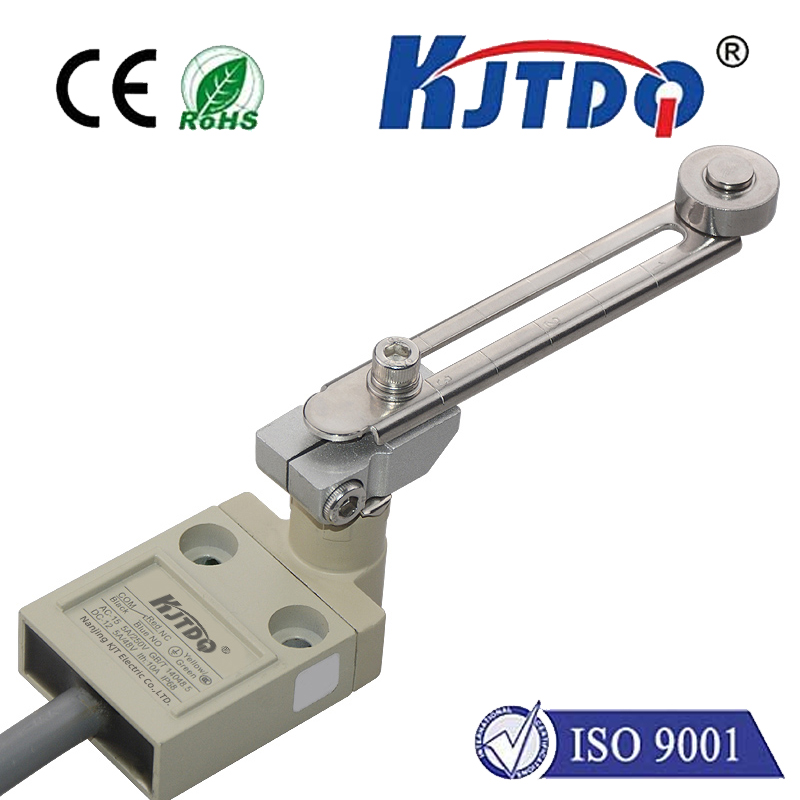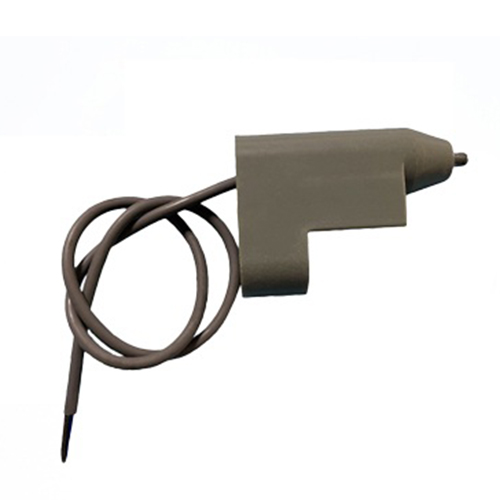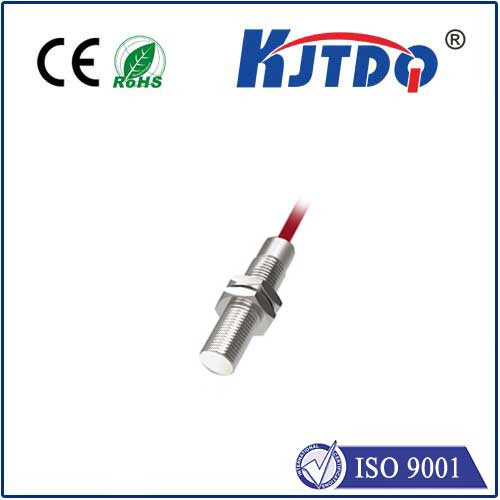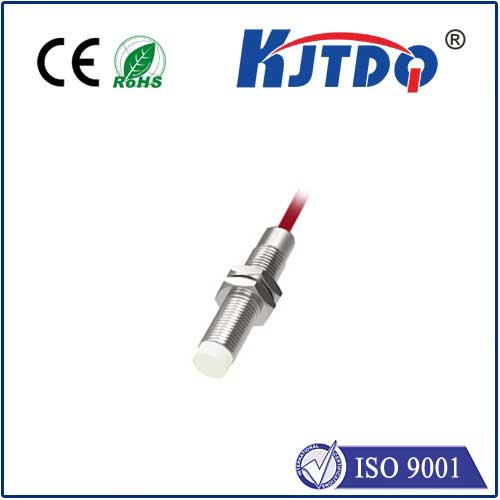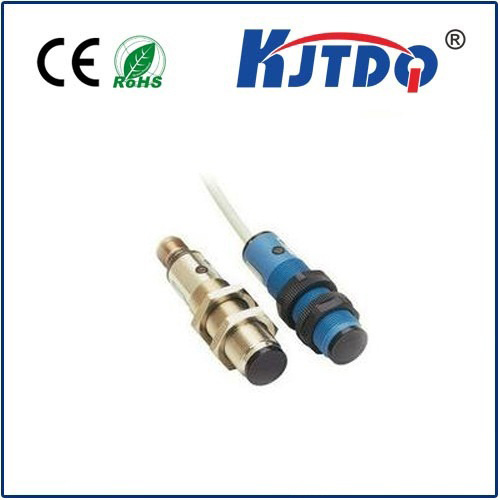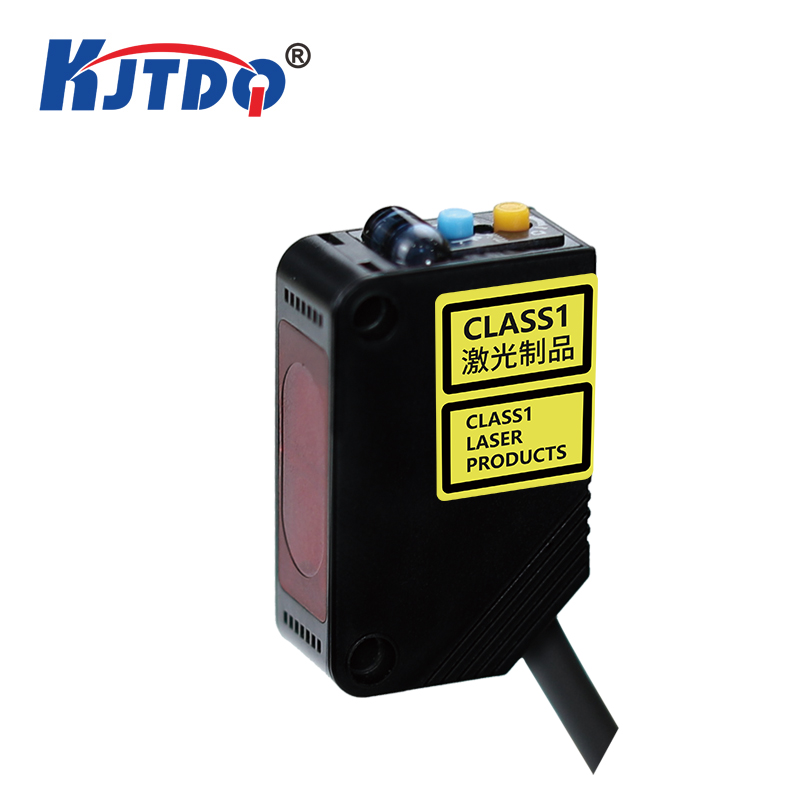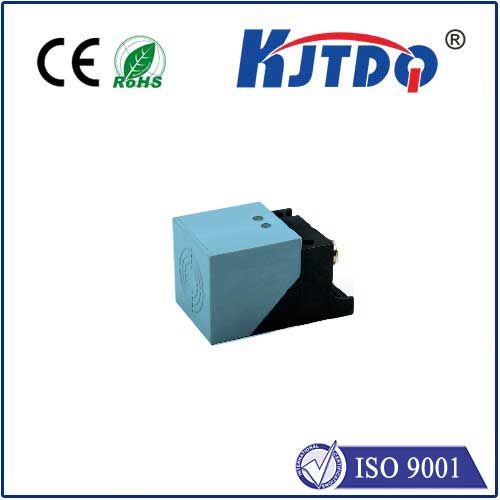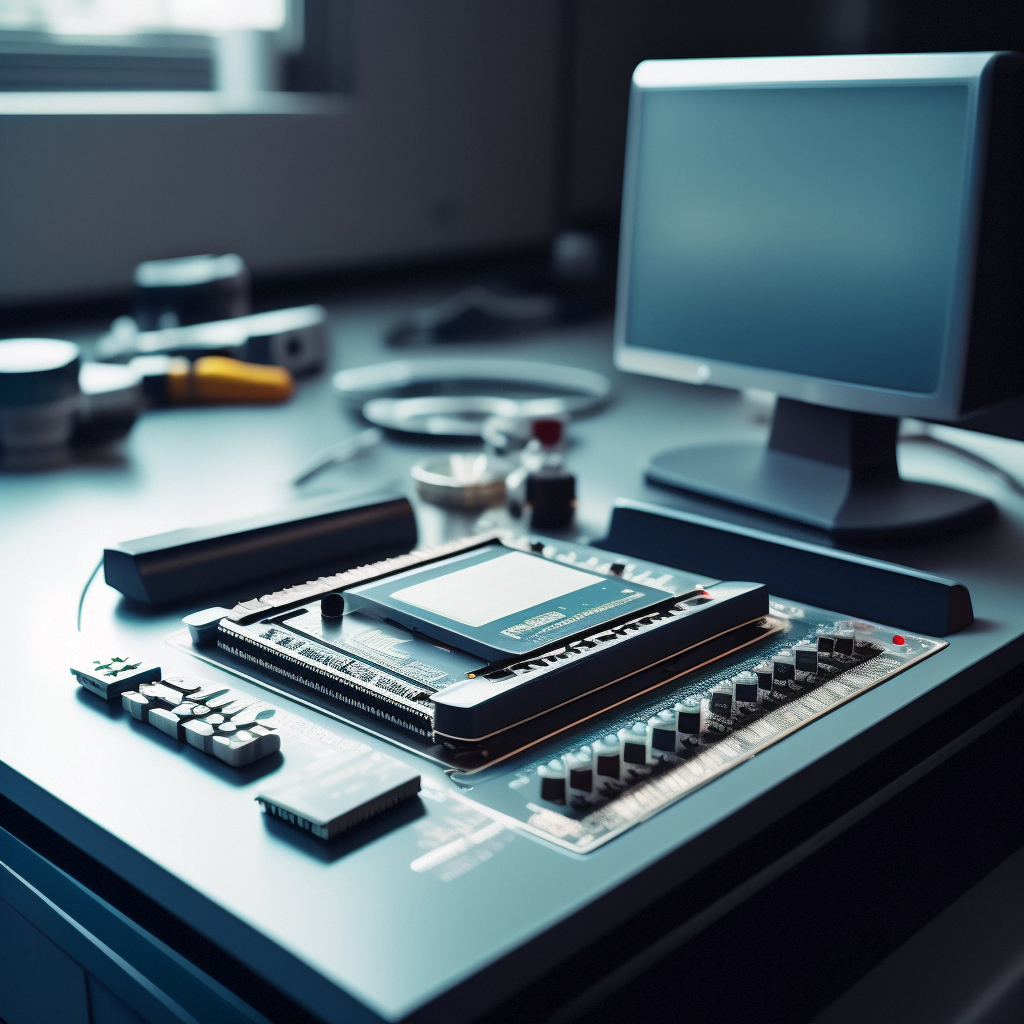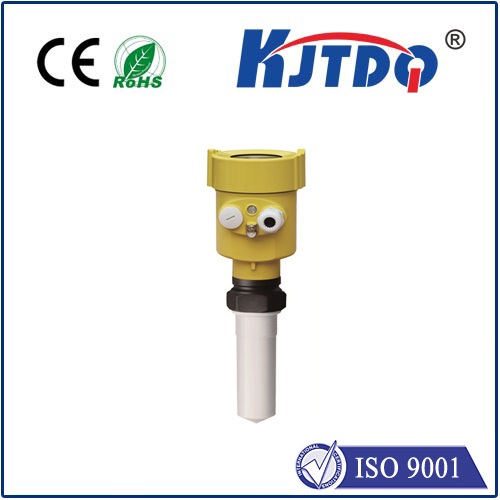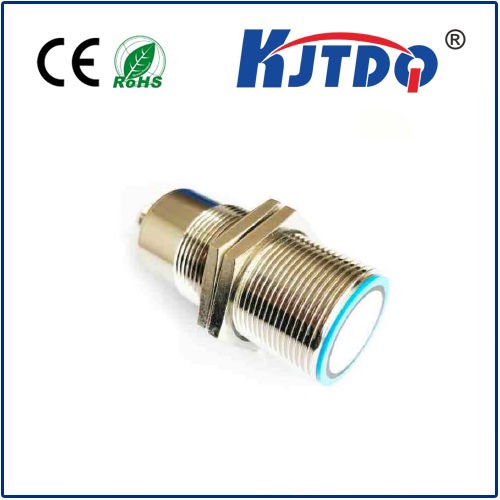bluetooth pressure sensor
- time:2025-08-20 04:52:52
- Нажмите:0
Unleashing Potential: Why Bluetooth Pressure Sensors Are Reshaping Industry and Innovation
Tired of tangled wires, manual data logging headaches, and missing critical pressure changes in hard-to-reach spots? Welcome to the era of Bluetooth pressure sensors – intelligent, wireless marvels fundamentally changing how we monitor and manage pressure across countless applications. These sensors marry the fundamental science of pressure measurement with the ubiquitous convenience of Bluetooth technology, empowering engineers, technicians, and innovators with real-time data and unprecedented flexibility.
Understanding the Core Concept
At their heart, Bluetooth pressure sensors operate on the same principle as traditional pressure transducers: they detect force exerted per unit area (pressure) using elements like strain gauges or piezoresistive materials. These elements physically deform under pressure, causing measurable changes in electrical resistance. The revolutionary leap lies in the integrated wireless communication module. Instead of complex wiring to data loggers or control systems, these compact, often battery-powered sensors convert the measured pressure value into a digital signal and transmit it wirelessly via Bluetooth Low Energy (BLE) protocols – typically versions 4.0, 4.2, or the increasingly common Bluetooth 5.0/5.1⁄5.2 for enhanced range, speed, and efficiency.
The Compelling Advantages of Going Wireless

The shift from wired to Bluetooth pressure sensors delivers a cascade of tangible benefits, making them indispensable in modern systems:
- Radical Installation Simplicity: Eliminate the cost, complexity, and downtime associated with running wires, conduits, and cable trays. Deployment becomes significantly faster and cheaper, especially in established facilities or remote locations. Need to monitor pressure on a moving part? Bluetooth handles it seamlessly.
- Real-Time Data Accessibility: Forget manual readings or delayed downloads. Critical pressure data streams instantly to a smartphone, tablet, laptop, or dedicated gateway within the sensor’s range. This enables immediate visualization, alarming, and response – crucial for predictive maintenance and safety.
- Enhanced Mobility and Flexibility: Technicians can carry monitoring devices with them, walking around equipment while continuously receiving data. Sensors can be temporarily deployed for troubleshooting or permanently installed on rotating or portable assets without the constraint of wires.
- Scalability and Network Potential: Building a network of sensors is significantly simpler. Adding more monitoring points often requires just installing the new sensor and pairing it with the receiving device or cloud platform, bypassing extensive wiring projects. Bluetooth mesh technology further enhances this potential for robust, large-scale networks.
- Reduced Maintenance Burden: Fewer wires mean fewer points of failure, less susceptibility to damage from vibration, abrasion, or environmental factors, and generally lower long-term maintenance costs.
Where Wireless Pressure Monitoring Makes the Biggest Impact
Bluetooth pressure sensors are rapidly penetrating diverse sectors:
- Industrial Process Control & Monitoring: Continuously monitor hydraulic/pneumatic system pressures, filter status, pump performance, tank levels (via hydrostatic pressure), and process lines. Detecting leaks or pressure drops in real-time prevents costly downtime and potential hazards. Remote monitoring is particularly valuable for unmanned sites.
- Predictive Maintenance: Monitoring pressure trends in critical machinery like compressors, chillers, and engines provides early warning signs of wear, blockages, or impending failures, enabling proactive intervention before catastrophic breakdowns occur.
- HVAC & Refrigeration Systems: Track refrigerant pressures, filter differential pressure, and pump performance efficiently across complex building systems, optimizing energy efficiency and ensuring occupant comfort.
- Medical & Healthcare: Used in portable patient monitors for non-invasive blood pressure (NIBP), ventilators, research equipment, and infusion pumps where mobility and cable-free operation are paramount for patient comfort and clinical workflow.
- Automotive & Testing: Ideal for on-board diagnostics, brake system testing, fluid line pressure checks during development, or mobile test rigs due to their compact size and wireless nature.
- Environmental & Water Management: Monitor tank levels remotely, track water pressure in distribution networks, or measure pressure in environmental research setups.
Choosing the Right Bluetooth Pressure Sensor
Several key factors influence the selection process:
- Pressure Range & Type: Absolute, gauge, or differential? What are the minimum and maximum pressures you need to measure? Accuracy requirements?
- Bluetooth Specification: Consider the required operational range (Class dictates range - Class 1 longest), data throughput needs, and compatibility with your receiving devices (BLE is essential for modern phones/tablets). Bluetooth 5+ offers significant advantages for range and speed.
- Power Source & Battery Life: Identify expected battery longevity, especially for continuous monitoring applications. Some sensors offer replaceable batteries or energy harvesting options.
- Environmental Ratings: Does the application require waterproofing (IP rating), intrinsic safety certifications (for hazardous areas), or resistance to specific chemicals or temperature extremes?
- Data Logging Capability: Can the sensor store data locally if the connection is temporarily lost? How much storage capacity?
- Software & Integration: Evaluate the companion app quality, data visualization features, alarm capabilities (configurable high/low limits), and potential for integration with SCADA systems or Cloud platforms via gateways. Seamless integration is crucial for actionable insights.
The Future is Wireless and Intelligent
Bluetooth pressure sensor technology continues to evolve rapidly. Expect tighter integration with the Industrial Internet of Things (IIoT), leveraging gateways to push data to the cloud for advanced analytics and AI-driven predictive insights. Battery life will extend further through ultra-low-power designs and improved energy management. Sensor fusion, combining pressure data with temperature, humidity, or vibration sensing within a single Bluetooth device, will provide richer context. The widespread adoption of Bluetooth LE Audio and enhanced location services (Direction Finding) also hints at future possibilities for richer interaction and spatial awareness in sensor networks.
Embracing Bluetooth pressure sensors is more than a convenience upgrade; it’s a strategic move towards greater operational efficiency, enhanced safety, predictive capabilities, and unlocking insights from previously inaccessible or cumbersome data points. The potential for innovation, driven by the freedom and intelligence of wireless pressure monitoring, is only just beginning to be tapped.

